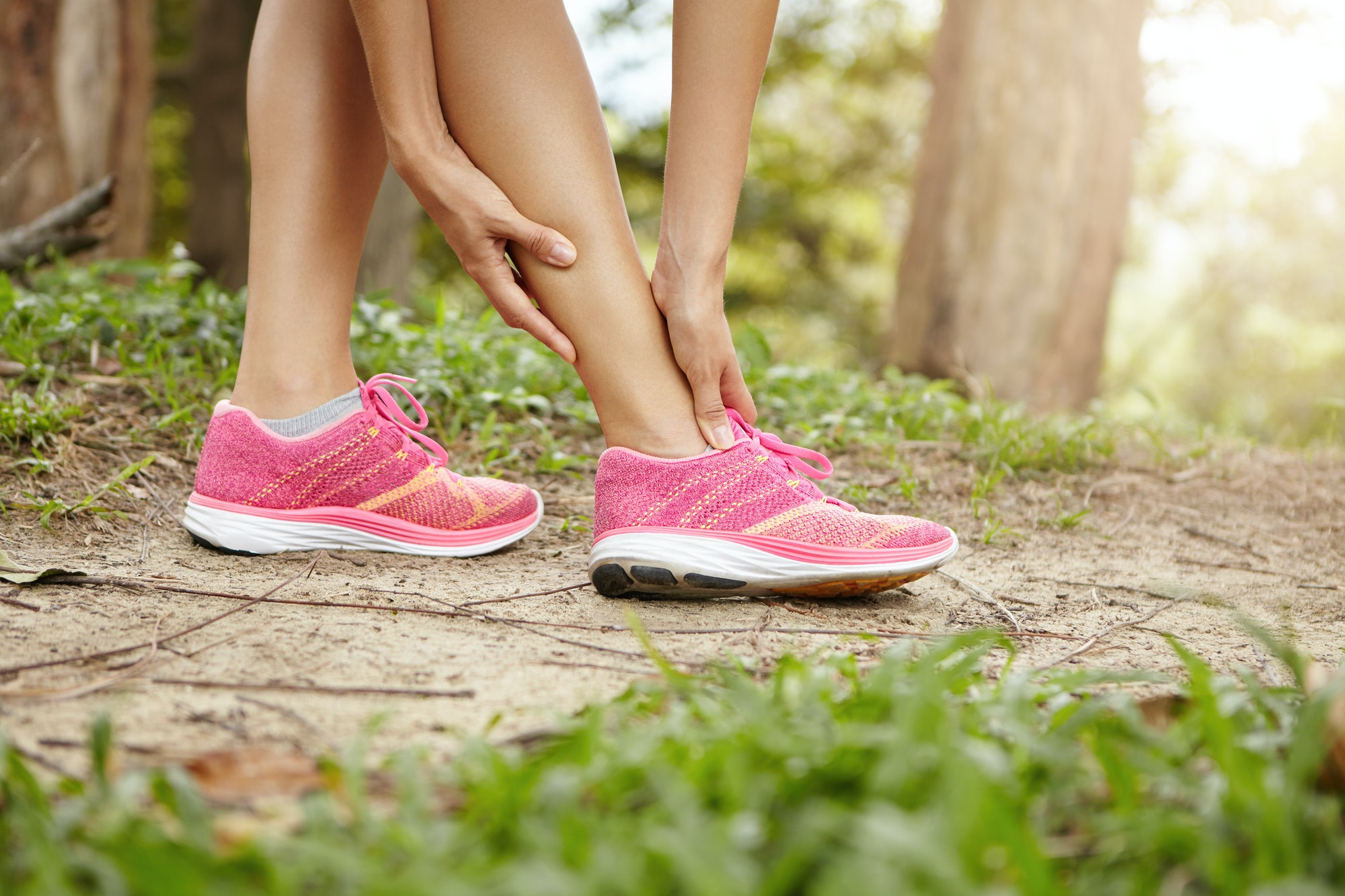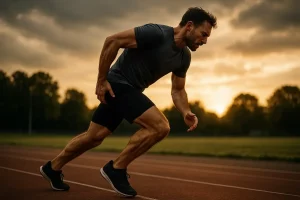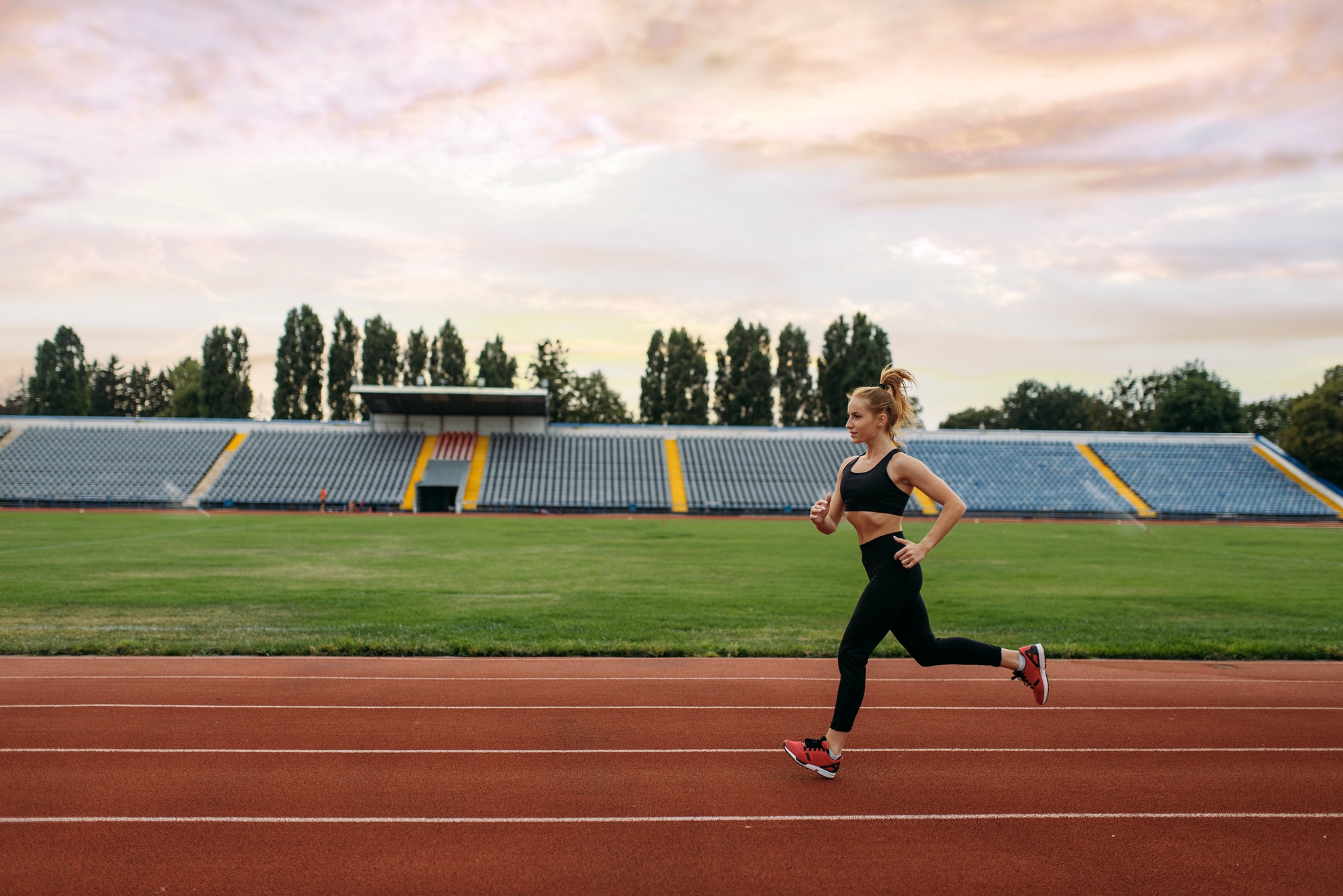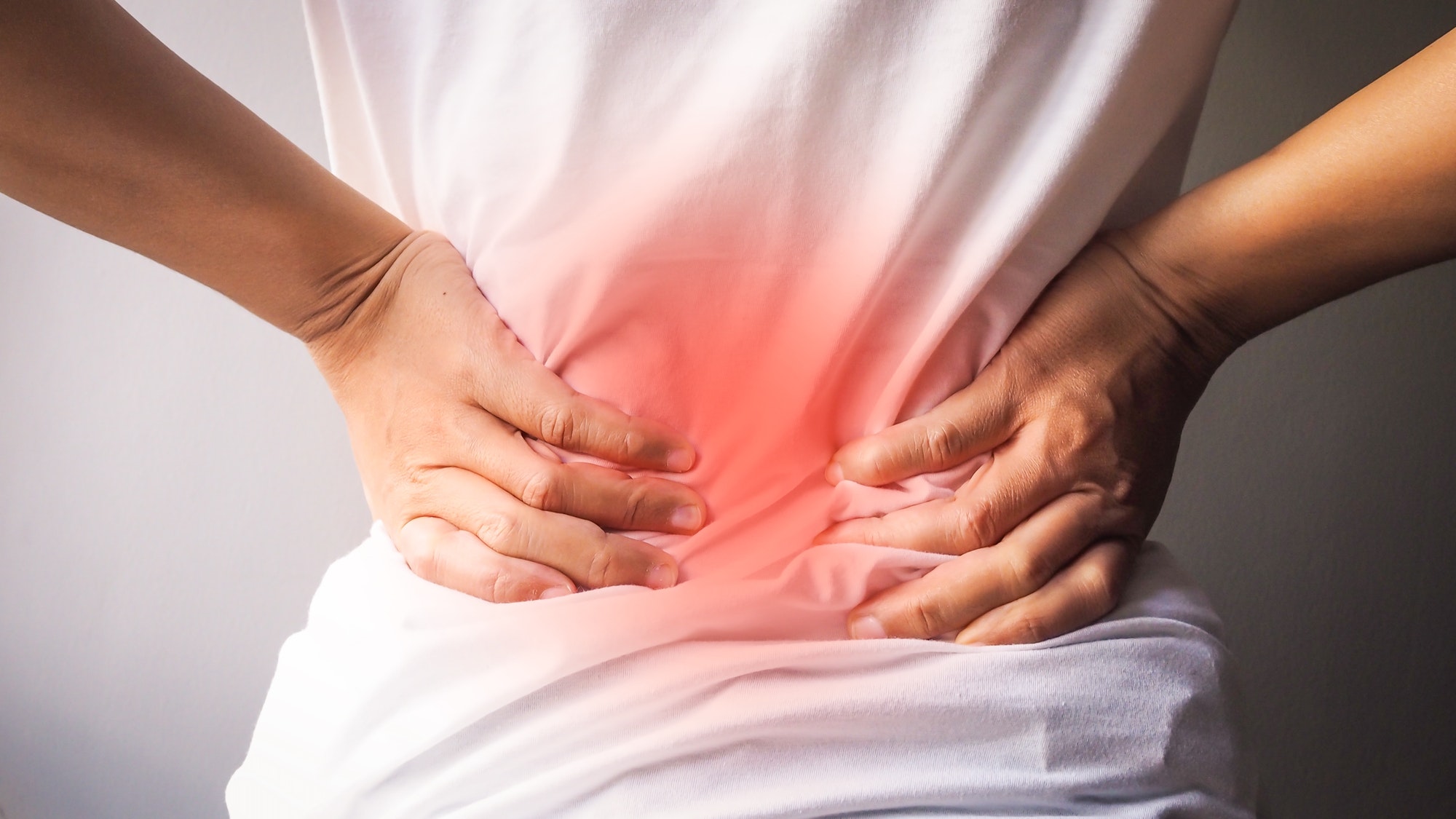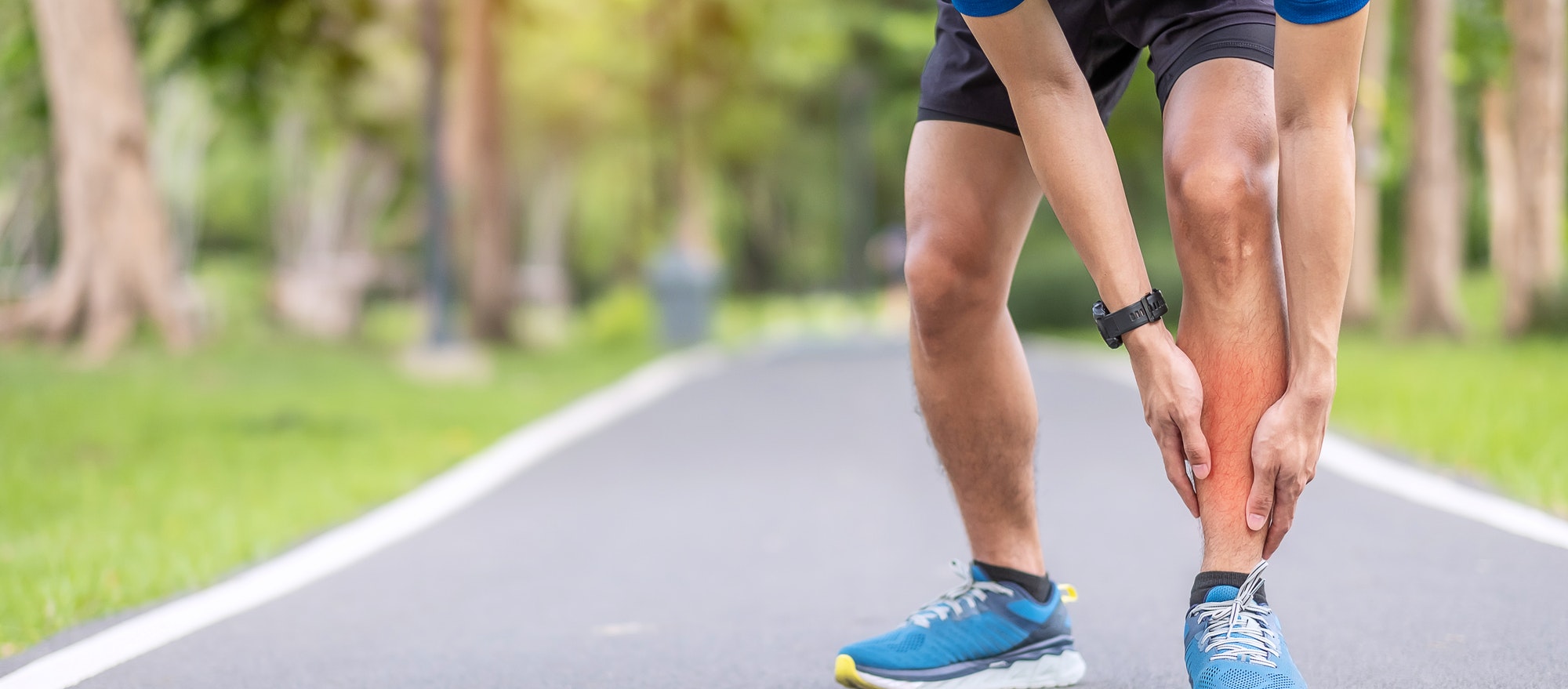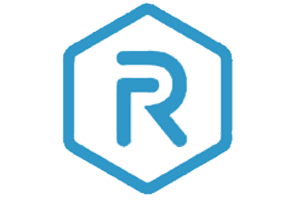Achilles Tendinopathy in Runners: Rehab & Return
Achilles pain doesn’t have to end your season. With the right diagnosis, progressive loading, and smart training tweaks, most runners return to pain-free miles. At The Recovery Room (Southampton & Romsey), we specialise in runner rehab — from first steps to fast finishes.
What Is Achilles Tendinopathy?
Achilles tendinopathy is irritation and reduced load tolerance of the Achilles tendon. Typical signs include morning stiffness, pain during push-off, hills, or speed work, and tenderness either at the mid-tendon or where it inserts at the heel.
Common Symptoms
- Morning stiffness that eases as you move
- Achy or sharp pain with faster running, hills, or after rest
- Localised tenderness at the tendon or heel
- Calf tightness or weakness
Why Runners Get It
- Training errors: spikes in mileage, hills, speed, or back-to-back hard sessions
- Load deficits: weak calf/soleus complex or reduced ankle mobility
- Gait factors: overstriding and low cadence increasing tendon demand
- Footwear & terrain: sudden shoe changes, worn soles, or sharp surface changes
- Recovery: poor sleep, stress, low energy availability
Good news: address the cause and the tendon adapts. That’s the core of our approach.
When To Seek Assessment
- Pain that persists > 2–3 weeks or worsens with running
- Night pain or rest pain
- Sudden “pop” with immediate weakness (urgent medical review)
- Marked swelling, warmth, or visible tendon thickening

Our Runner-Focused Approach
1) Assessment
- Training review (volume, intensity, terrain, footwear rotation)
- Strength testing (calf/soleus, hip/glute), ankle range, and hop tests
- Gait analysis: cadence, stride length, posture, and hill mechanics
- Diagnosis + clear plan with milestones and weekly actions
2) Treatment & Rehab
- Exercise therapy: progressive calf/soleus loading (isometrics → heavy slow resistance → plyometrics)
- Shockwave therapy: useful adjunct for stubborn tendinopathy alongside loading
- Manual therapy: sports therapy, joint mobilisation where restricted
- Gait tweaks: small cadence increase (≈5–7%) and stride cues when appropriate
- Taping/strapping: short-term off-loading for irritability
- Footwear advice: rotation strategy; consider heel drop suitability
Home Exercise Progression (Guide)
Move to the next step only if pain ≤ 2/10 during and settles within 24 hours.
- Isometric calf holds: 5 × 30–45s, bent-knee and straight-knee, daily
- Calf raises (bilateral → single-leg): 3–4 × 8–12 reps, slow tempo, 3–4×/week
- Heavy slow resistance: calf raises with added load (backpack/dumbbells), 3×/week
- Plyometrics: small pogos/hops (low volume), 2×/week once pain allows
Return-to-Running Plan (Example)
Criteria to start: walking pain-free, hop test tolerated, and daily symptoms trending down.
- Week 1: Walk 4 min / Run 1 min × 6 (3 sessions)
- Week 2: Walk 3 / Run 2 × 6
- Week 3: Walk 2 / Run 3 × 6
- Week 4: Continuous easy run 20–30 min
- Week 5: Add gentle strides; maintain strength work 2×/week
- Week 6+: Reintroduce hills or tempo — change one variable at a time
We tailor this to your goals, surface, and race calendar.
Prevention & Long-Term Care
- Keep calf/soleus strength work 2×/week in training
- Rotate shoes; replace at 500–800 km depending on wear
- Increase weekly load by ~10% on average; schedule deloads
- Use hills and speed judiciously; avoid stacking hard days
- Prioritise sleep, protein, and total energy intake
Book Your Achilles Assessment
Initial assessment and treatment from £49. Clinics in Southampton & Romsey, with early-morning and evening options.
- Call: 07748 483639
- Email: enquiries@the-recovery-room.co.uk
- Online bookings: the-recovery-room.co.uk
FAQs
How long does Achilles tendinopathy take to settle?
With a consistent loading programme, many runners improve within 6–12 weeks. Long-standing cases can take longer but still respond well with the right progression and training adjustments.
Do I have to stop running completely?
Not always. We help you train at the highest level you can tolerate without flaring symptoms, then build back impact gradually.
Is shockwave therapy right for me?
It’s most helpful for persistent tendinopathy that hasn’t responded to exercise alone. We assess suitability and always combine it with progressive loading.
Do I need a scan?
Most cases are diagnosed clinically. Imaging is considered if symptoms don’t follow an expected pattern, there’s suspected partial tear, or progress stalls.
What shoes should I use?
Comfort first. Some runners do better with a slightly higher heel-to-toe drop for a period; we’ll advise based on your presentation and gait.


